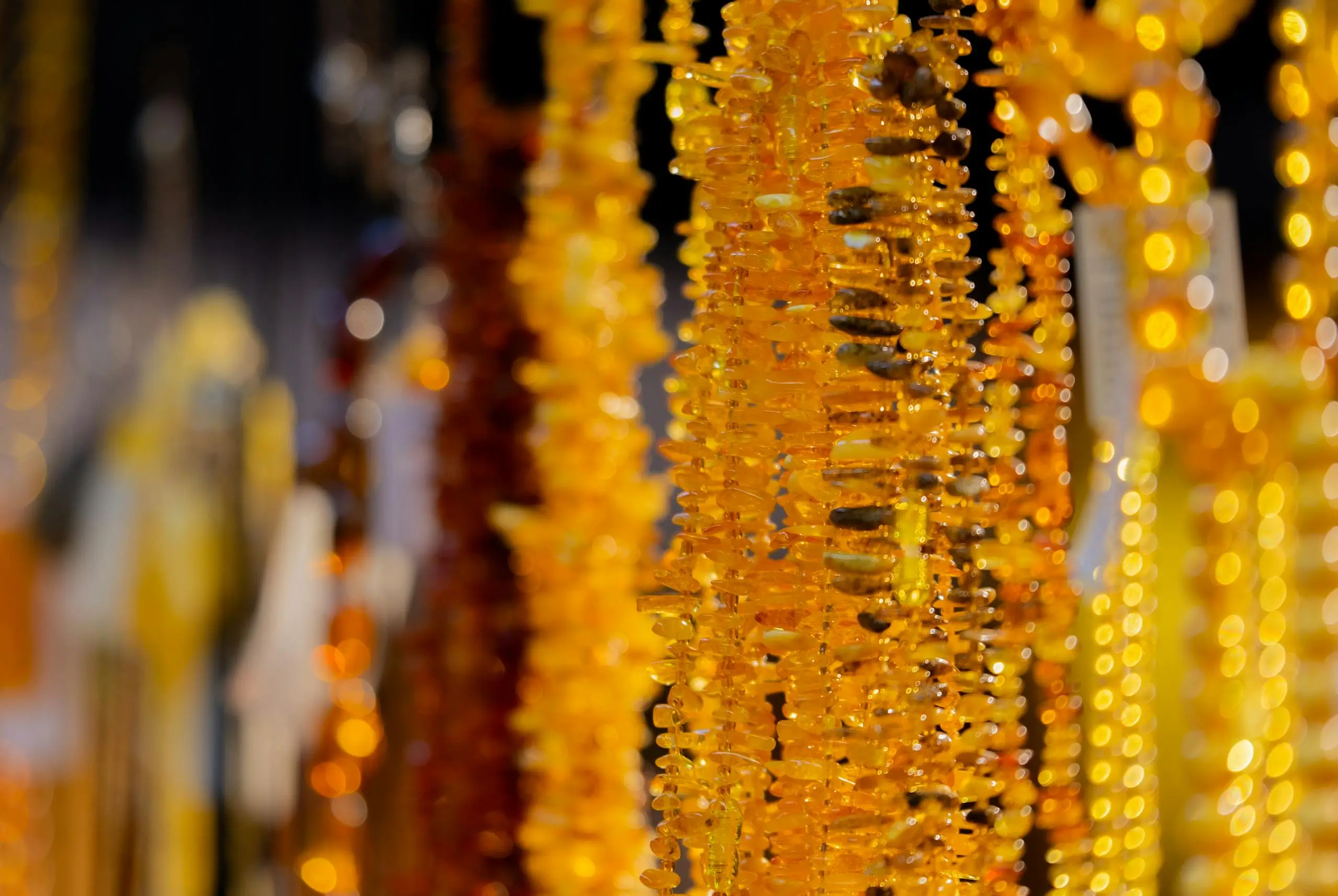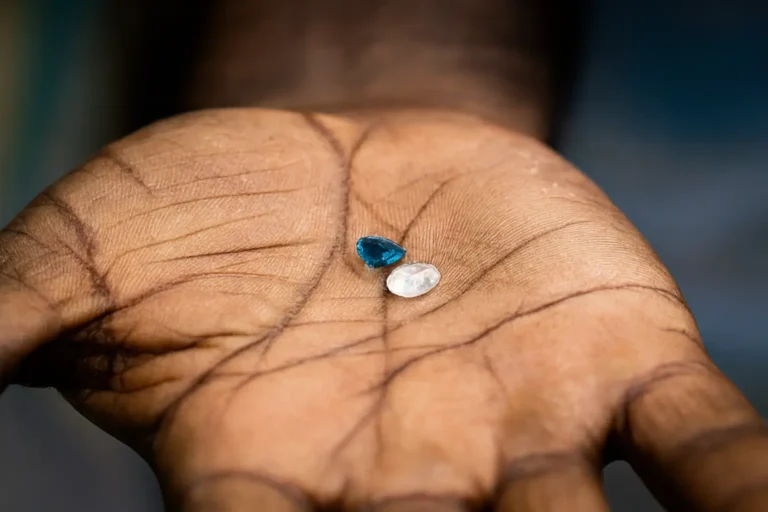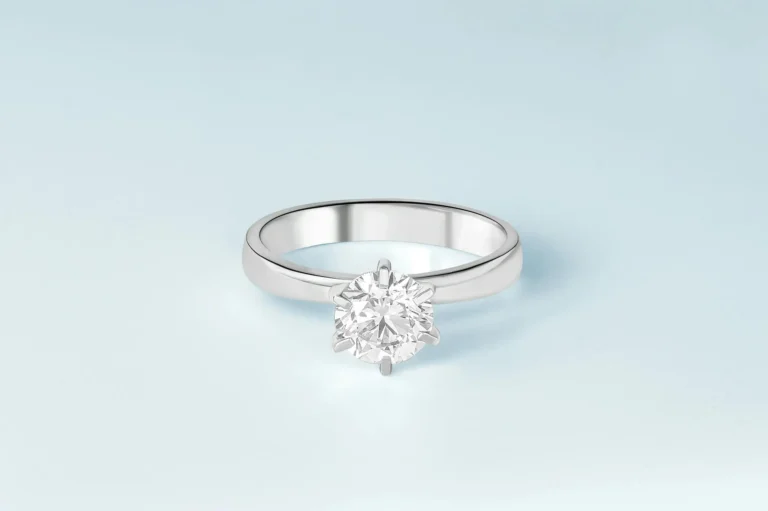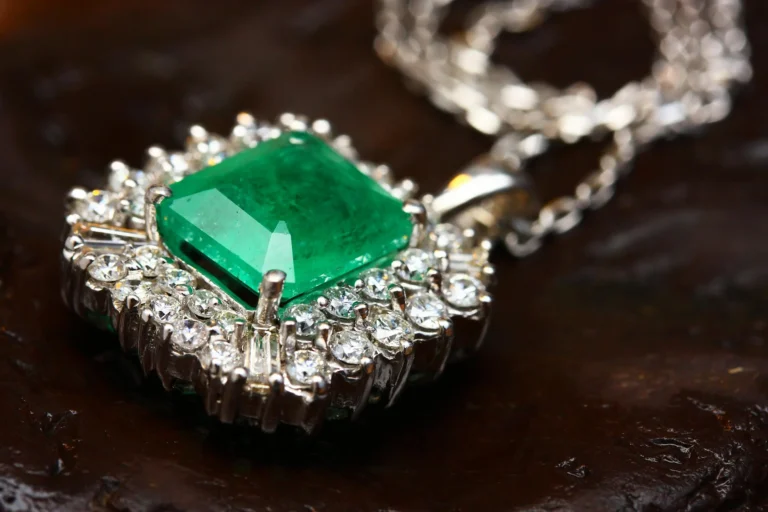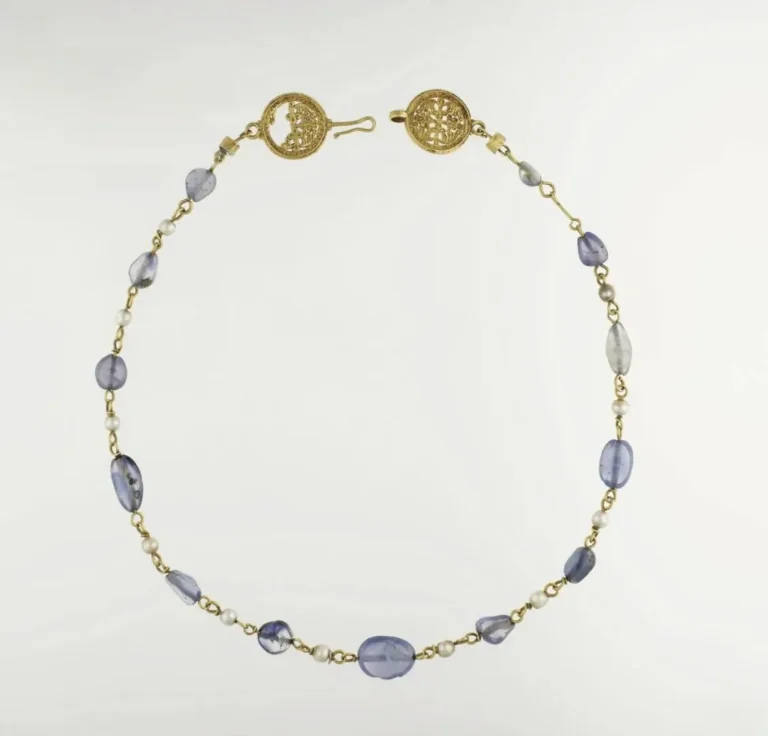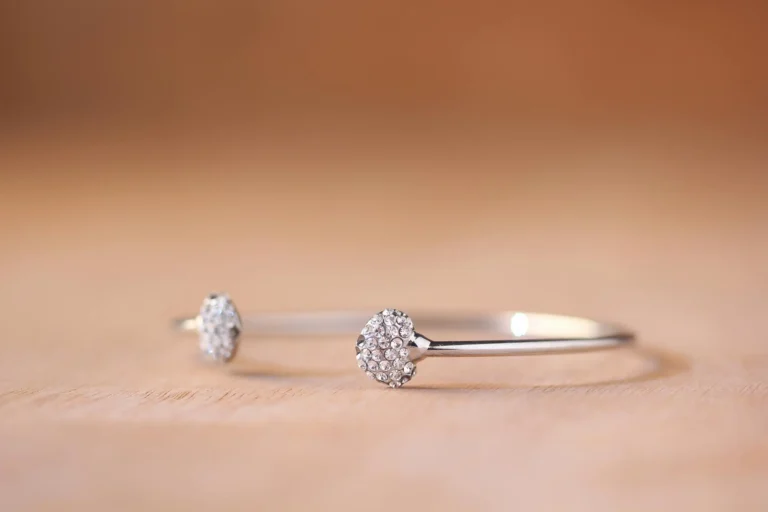How to Identify Natural Jadeite: Color, Texture & Authenticity
Natural jadeite, or Fei Cui in Chinese, is one of the world’s most prized gemstones. Its value depends not just on color but also on texture — what experts call the “type.” In jade, there’s a saying: “Professionals look at the texture, amateurs look at the color.” This guide will help you understand natural jadeite’s color, texture, and authenticity.
1. The Two Foundations of Natural Jadeite: Color and Texture
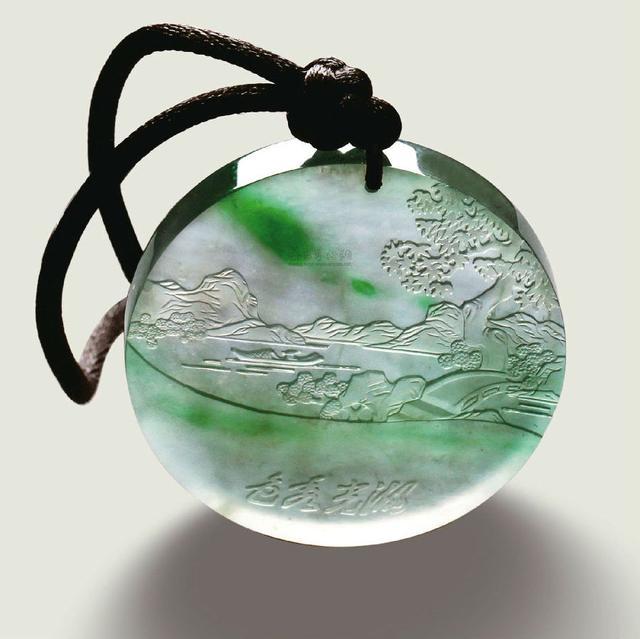
When judging natural jadeite, two factors matter most: color and texture. Even a piece with subtle or no color can look stunning if its texture is fine and smooth, while vivid color alone cannot make up for poor texture. Understanding these two foundations is the first step to spotting quality jadeite.
1.1 Color — The First Impression of Natural Jadeite
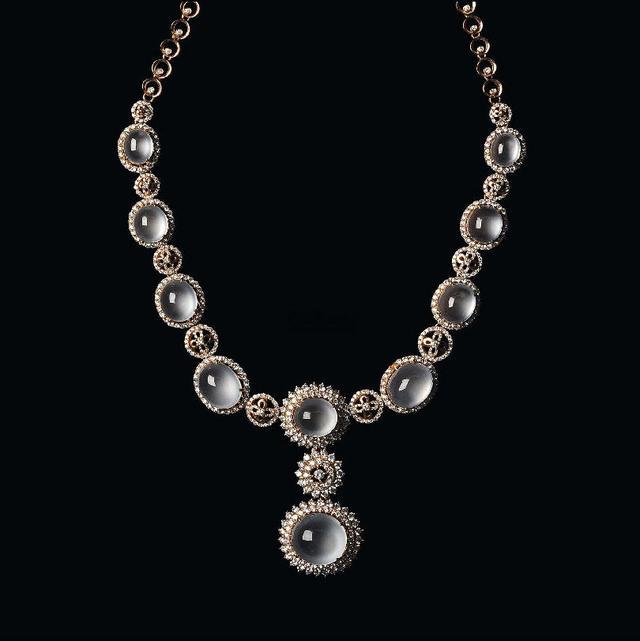
Jadeite’s color is usually categorized into colorless, green, purple, yellow, and multi-colored types.
The perfect jade color is described by five qualities: rich, bright, vivid, pure, and even. That means the color should be deep yet lively, highly saturated, pure without tinges, and evenly distributed.
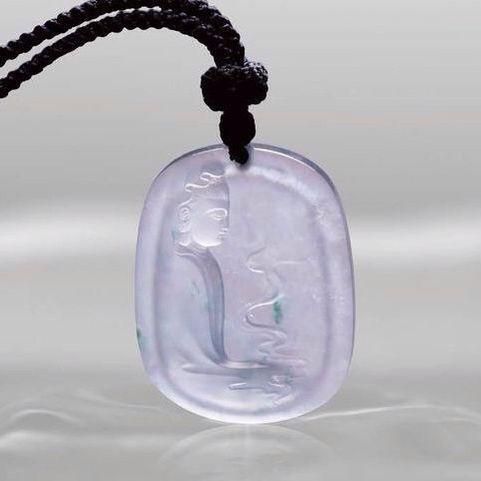
Among green jades, there are several commonly recognized shades such as Imperial Green, Vivid Green, Yellowish Green, Apple Green, Light Green, Bluish Green, and Oil Green.
Each subtle difference in tone can mean a huge price gap — sometimes tenfold between two seemingly similar pieces.
1.2 Texture and Transparency — The Essence of Natural Jadeite
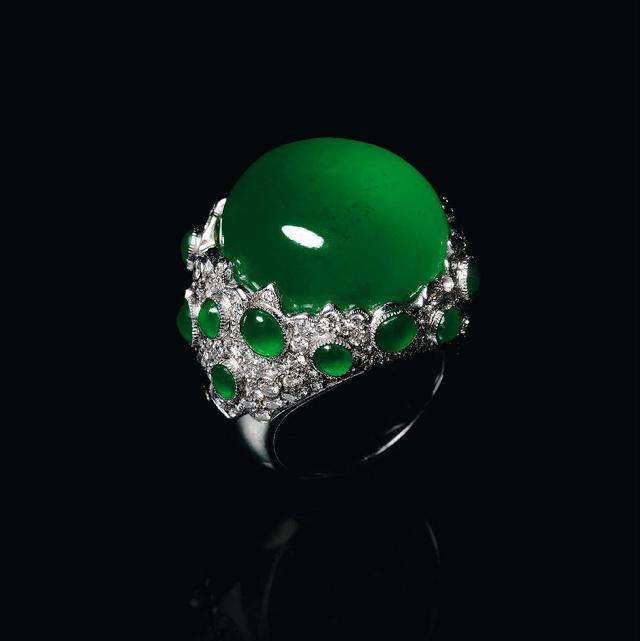
In jade terminology, the “type” (zhong 种) and the “water” (shui 水) are closely linked.
- Type refers to the crystal structure — how fine, dense, and compact it is.
- Water describes transparency — how much light passes through the stone.
Together, they determine the jade’s overall appearance and quality. Here’s a basic classification:
| Jade Type | Description |
|---|---|
| Bean Type (Dou Zhong) | Coarse texture, visible granular structure, opaque. |
| Glutinous Type (Nuo Zhong) | Smooth and delicate, no visible grains, generally opaque. |
| Icy-Glutinous Type (Bing Nuo Zhong) | Semi-transparent, between “glutinous” and “icy.” |
| Icy Type (Bing Zhong) | Transparent like ice, clear and pure. |
| Glass Type (Bolizi Zhong) | As transparent and bright as glass — the top grade of jadeite. |
1.2.1 What “Old Texture” Means in Natural Jadeite
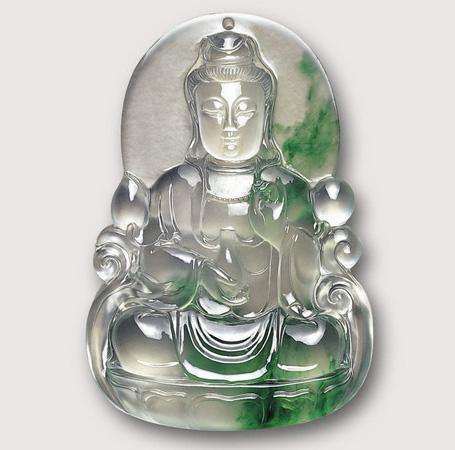
Collectors often describe premium jade as “old type” (lao zhong) — meaning the crystal structure is extremely dense and orderly.
This dense structure reflects light internally, creating that unique glowing sheen jade lovers call “brilliance” or “inner luster.”
When you see that cool, silvery gleam in a fine jade, you’ll understand why it’s described as “radiating noble elegance.”
For a deeper dive into understanding jade’s true beauty, check out the Peonyjewels blog article: Does High-Quality Jadeite Have No “Cotton”? Understanding the True Beauty of Natural Jade.
1.3 How Jadeite Is Described
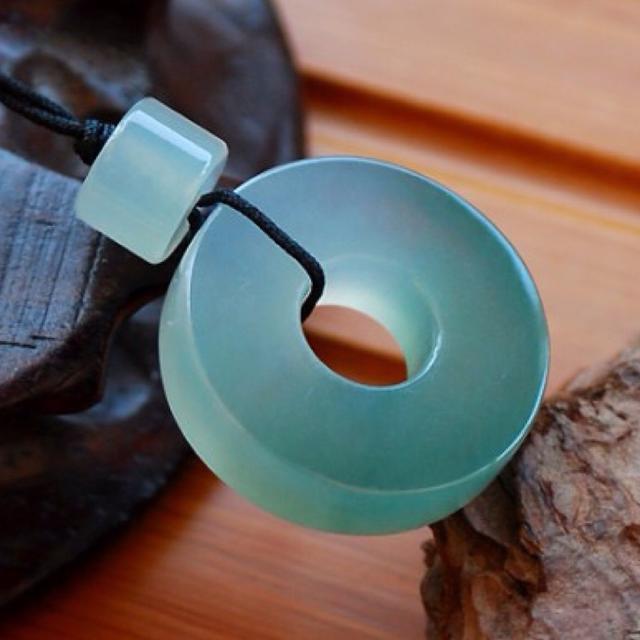
When describing jade, experts combine type and color together. For example:
- Icy Oil Green Pendant
- Glutinous Full-Green Cabochon
Certain combinations have their own poetic Chinese terms:
- Spring with Color (Chun Dai Cai) – A mix of green and lavender.
- White Base Green (Bai Di Qing) – A fine glutinous white base with green patches.
- Clear Water (Qing Shui) – Pale green, translucent jade with excellent texture.
So when someone asks, “Which is better, White Base Green or Icy Type?” — that’s like asking “Which is better, Europe or Asia?” The two are simply different categories with distinct characteristics and beauty standards.
2. Authenticity and Treatment: A, B, and C Jade Explained
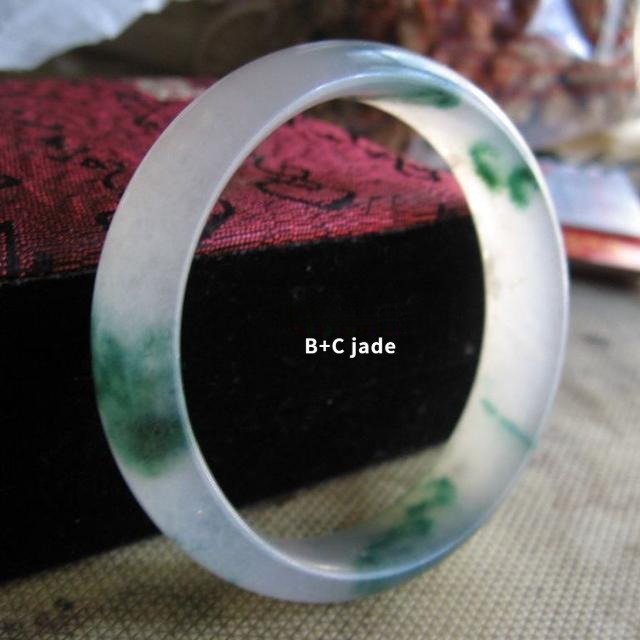
In the jade market, natural untreated jadeite is called A-jade.
- B-jade refers to jade that has been acid-cleaned and polymer-filled to improve its transparency.
- C-jade is artificially dyed to enhance its color.
Some low-quality stones are both treated and dyed — these are B+C jade.
B-jade often comes from coarse, opaque materials that are chemically bleached to remove impurities. Then, manufacturers inject polymer or wax to make B-jade appear watery and bright.
C-jade, on the other hand, uses colorants to mimic natural greens or purples.
2.1 Common Jade Imitations
Sellers often market many other materials as “jade,” including glass, chalcedony, aventurine, Malaysian jade (dyed quartz), and hydrogrossular garnet.
These imitations are usually softer, overly bright, unnaturally light in weight, and — most importantly — very cheap.
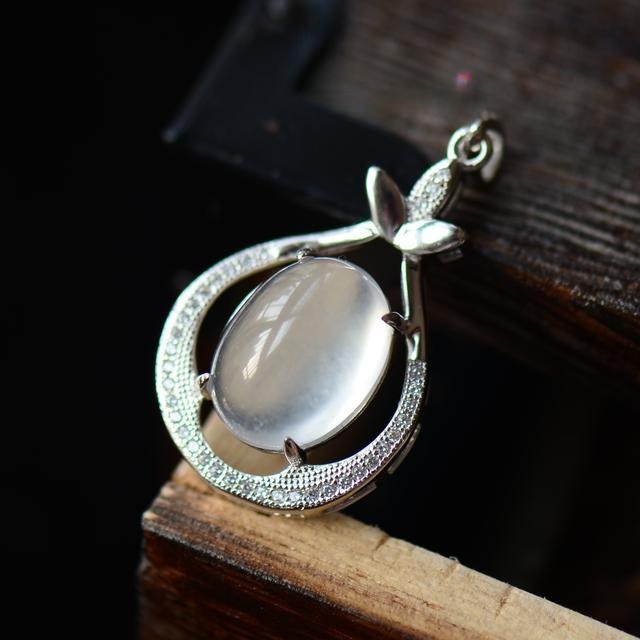
So, if someone offers you a “full green jade bangle” for a few hundred dollars, consider it a friendly invitation — to a scam.
2.2 The Myths About Testing Real Jade
You might have heard sayings like:
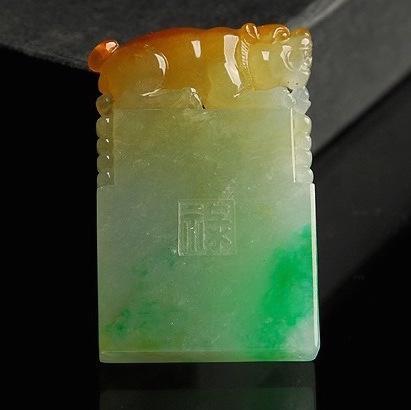
“Real jade feels cold when you lick it.”
“A hair can’t burn through real jade.”
“If a knife can’t scratch it, it’s genuine.”
Forget them. These so-called “folk methods” have no scientific basis.
The right way is to request a certificate from a reputable gemological institute — not just any piece of paper labeled “jade test report.”
2.3 Certificates Are Not Always Reliable
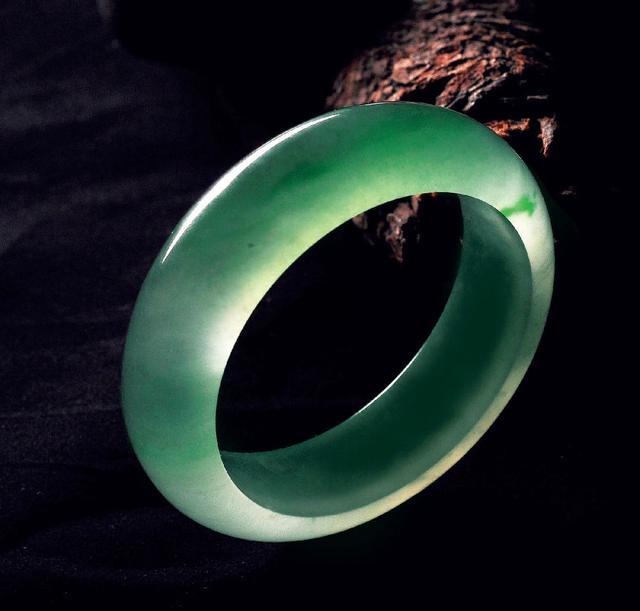
But beware — not all certificates are trustworthy.
Some unregulated organizations sell certificates for a few dollars, printed on the spot.
Even if the certificate is real, that doesn’t necessarily mean the jade is valuable.
Only certificates from recognized and accredited laboratories carry real authority.
We’ll soon publish a detailed guide on how to verify an authentic jade certificate — stay tuned to Peonyjewels for that.
To learn more about gemstones, read our related blog post: Jasper vs. Nephrite Jade: The Confusing World of Red “Jade” Explained.
2.4 Don’t Believe in “Magic Jade” Stories
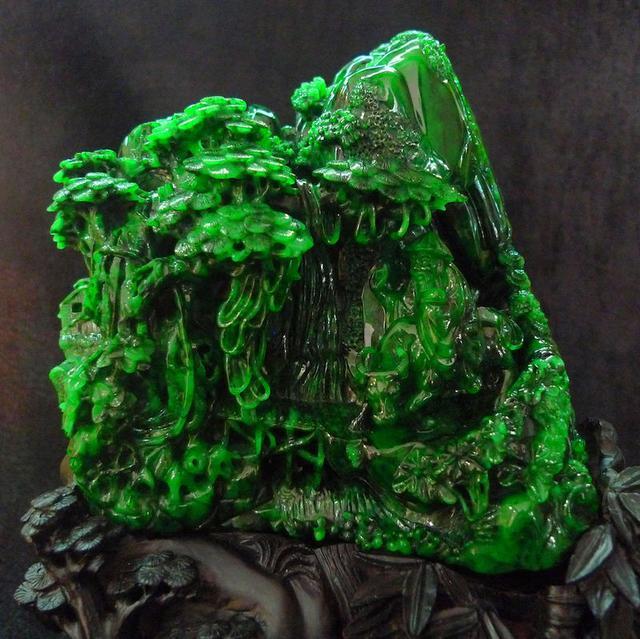
If a seller tells you things like:
“It has some cracks, but wearing it will heal them.”
“Jade becomes greener the more you wear it.”
“Jade can cure diseases.”
— please take them as jokes, not facts.
If jade truly could grow greener or heal illnesses, every dealer would be wearing dozens daily, turning cheap stones into treasures overnight.
Here’s the truth:
- Old-type jade is so dense that water, oil, or air can’t penetrate it — no “color-changing” happens.
- Younger jade may look glossier after wearing because surface oil and moisture temporarily enhance its reflection. But once you stop wearing it, it soon returns to its original look.
Peonyjewels’ Takeaway
Learn more, buy less, and don’t rush.
There’s plenty of great information online — but also plenty of myths. Reading a few blog posts doesn’t make anyone a jade expert.
To truly appreciate jade, you need to see and feel it in person — in malls, museums, or gemstone markets.
When you’ve seen enough masterpieces, your eyes will naturally tell you what’s real beauty — and no fake sparkle will fool you again.
Just like natural jadeite, beauty lies in craftsmanship and detail. Discover our handmade vintage earrings at Peonyjewels — timeless pieces made with care and artistry.

